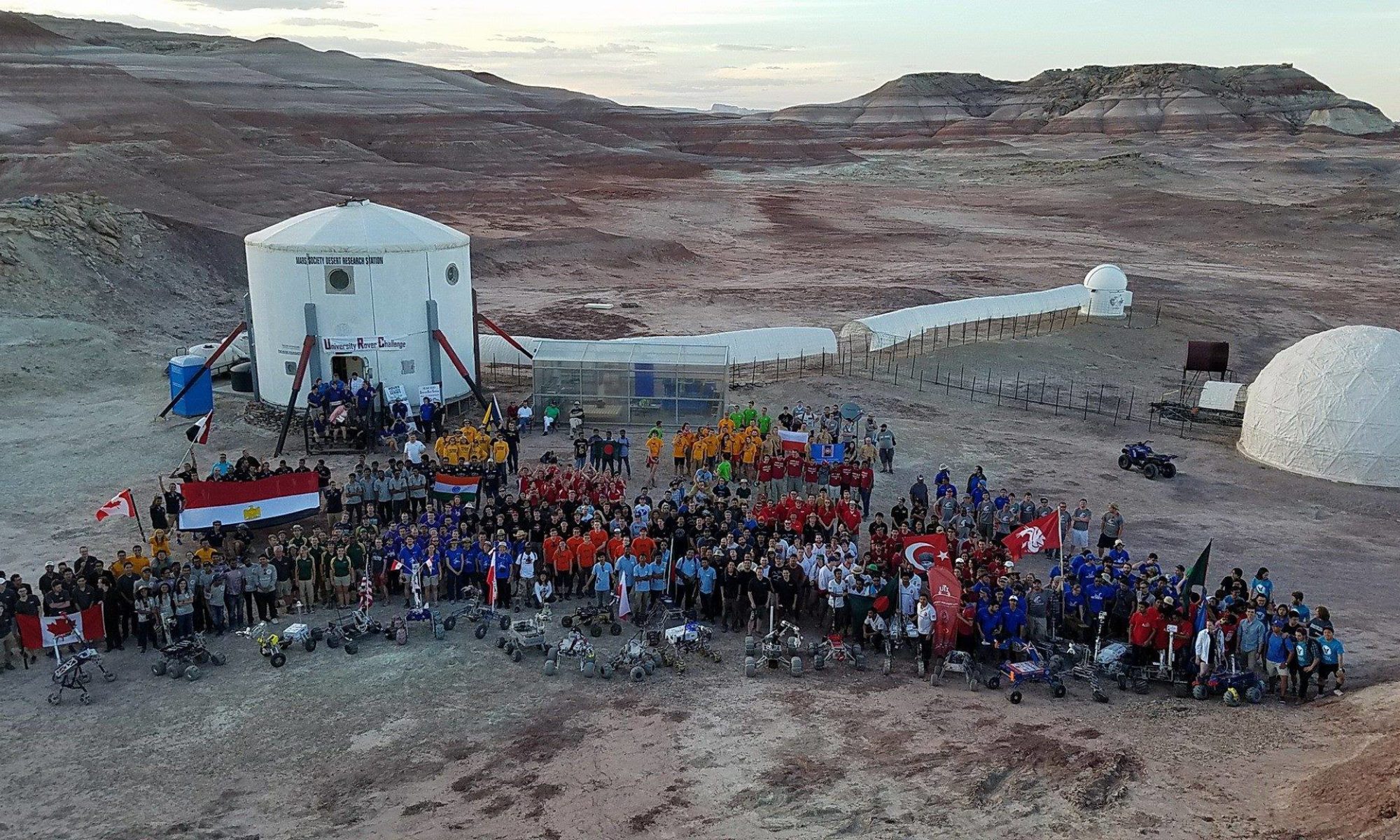By Jordan Bimm
Many people know that microplastics pose a global environmental threat and a challenge to remove. If you’ve seen recent news coverage of the growing menace posed by microplastics, you’ve probably learned that these tiny pieces of human-made polymer chains that started their lives as consumer or industrial products have been found everywhere from Antarctica to the deep oceans, to the atmosphere–even the insides of the human body. The problem is the same for plastics of any size; it can take hundreds if not thousands of years for these materials to decompose.
Microplastics are small bits of plastic debris that can range in size from 5 millimeters (the size of a pencil eraser) down to 1 nanometer (the microscopically small scale of one billionth of a meter). Scientists are still working to understand how pervasive they are on Earth and their short and long term ecological impacts on different environments. We don’t know yet if microplastics now pollute extraterrestrial environments that humans have visited or sent robotic spacecraft, like the Moon and Mars, but it is a very real possibility.
As part of the Martian Biology program, Olivia Drayson, a PhD candidate in environmental toxicology at UC Irvine, has been asking this question about Mars analogs. Are there detectable microplastics in the water systems surrounding MDRS and FMARS? Answering this question involves collecting water samples at different field sites nearby and reachable from both of the Mars Society’s analog sites.
Drayson began this microplastics study last summer at FMARS, the Mars Society’s analog station located on Devon Island (Tallurutit in Inuktitut) in Nunavut, a territory of Canada. Drayson was a member of Crew 15 which visited the station for 2 weeks in July 2023 and conducted a weeklong simulated mission. Now at MDRS, as a member of Crew 298, Drayson extends the study she began in the arctic to the desert and sub-alpine environments near Hanksville, Utah.
To discover whether microplastics have reached and are present in the water around an analog site, Drayson, who also holds a BA in Physics from the University of Oxford, collects samples from the ocean, lakes, creeks, snow melt, washes, and springs. Whenever she encounters water in the field, Drayson produces a tiny container to transport a sample back for laboratory analysis. The only catch, obvious when you think about it, is that the container cannot be made of any plastic, which could contaminate the sample and confound her search.
The job of selecting a suitable container runs directly into the problem she is studying. Plastics are everywhere and in everything making it difficult to find the right tool for the job. Luckily in the aisles of Grand Junction’s expansive Walmart she was able to locate a set of small glass jars with metal lids free of any plastic.
Today, when the crew revisited a field site near the Henry Mountains, Drayson collected two water samples for her microplastics study. The first was at South Creek at the foot of the Henry Mountains where we retrieved a “critter cam” deployed earlier in the week. On account of the dryness we’ve previously noted this season, the scant amount of water present was even less than a few days ago. Still, Drayson succeeded in collecting a good sample for analysis. The second site Drayson collected a small sample of water was Sandy Creek a small but steadily flowing creek that intersects the dirt Henry Mountain Road that leads to Notam Road, our route back home to MDRS.
Later on, Drayson plans to use a special dye called Nile Red which binds to plastic to identify whether microplastics are present in these water samples. This involves adding the dye and then examining the water under a fluorescent microscope. If she detects microplastics, she plans to send samples out for laboratory analysis which can determine which type of plastics it is providing clues to their origin and original intended use.
“How can we understand the current risk microplastics pose?” Drayson asks. “It’s disheartening to see just how far the products of humanity have reached. It shows that everything is connected and we’ve touched everything in a negative way.”
Drayson hopes that determining the presence of microplastics in analog environments can contribute to an understanding of the true reach and risk in the present on Earth, and in our future in space. “I worry that if humans travel to the Moon and Mars how we might contaminate these places as well and whether some places are better left untouched.”
Her study left us looking differently at the plastics all around us. For example, think about the last plastic object you touched. Maybe it was your computer keyboard, a pen, or a plastic water bottle or straw. Try to imagine where this material will be, not in a month or a year, but in 100 years, 500 years, 1000 years. These innocuous objects of everyday life will outlast us all and we owe it to future generations to control their spread and mitigate their impact, on Earth, and eventually on the Moon and Mars.

